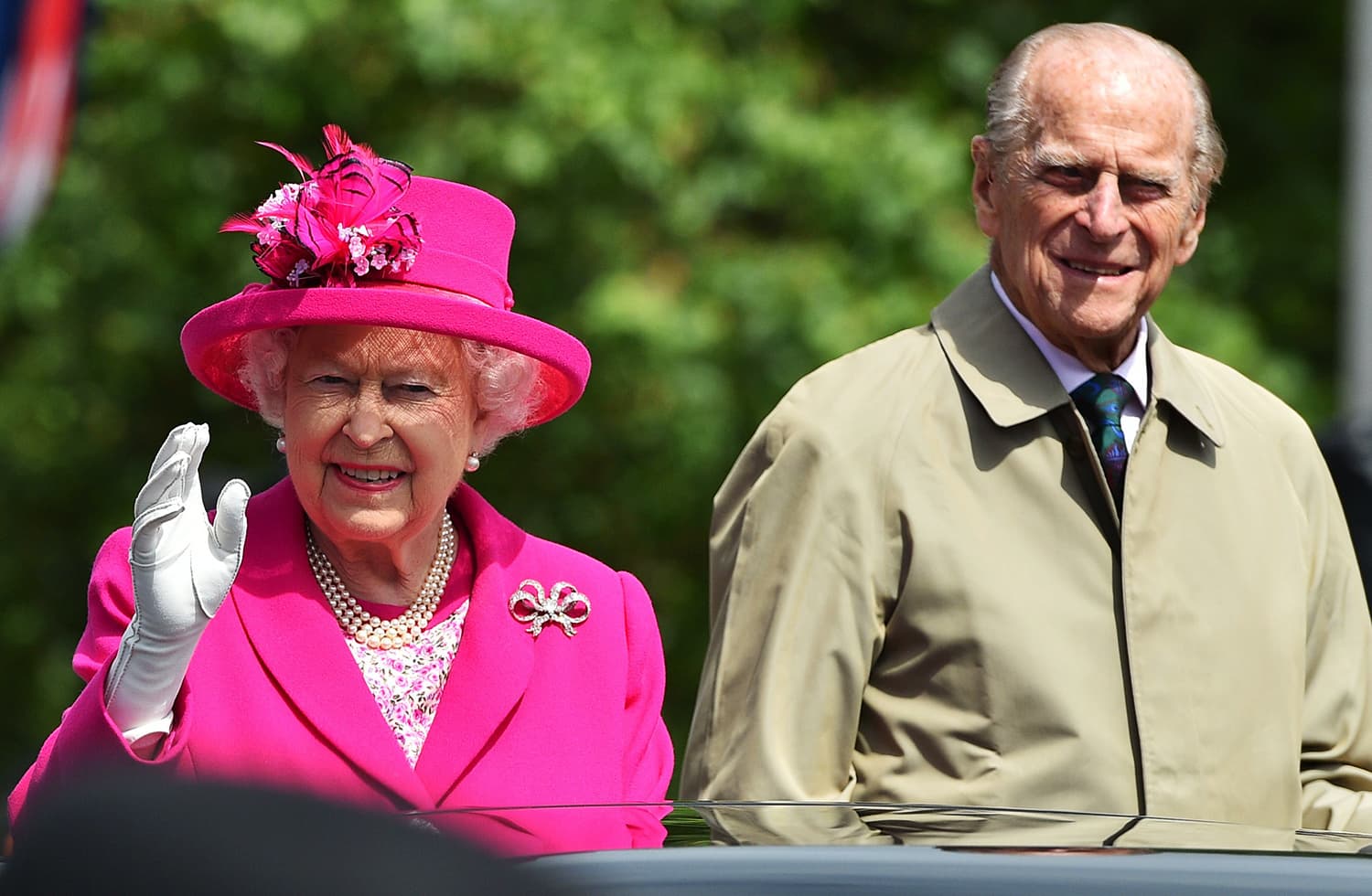Philip: The prince who brought a human touch to the royal pomp
Britain's Prince Philip, the 96-year-old husband of Queen Elizabeth II, has been a constant and mischievous presence at thousands of official royal functions.
The Duke of Edinburgh, who performs his final solo engagement on Wednesday, is renowned for punctuating royal pomp with his humour, which straddles a fine line between mischief and offensiveness.
A self-described “cantankerous old sod”, Philip's bluntness has endeared him to some but often made headlines for the wrong reasons.

“You managed not to get eaten, then?” was one typical remark to a British student who had trekked in Papua New Guinea in 1998.
And on a historic state visit to China in 1986, Philip warned a group of British students: “If you stay here much longer, you'll all be slitty-eyed.”
Although he had a reputation for coldness towards his children, many observers consider the duke the glue that held together the royal family as their offspring went through a series of divorces.
In a rarely seen softer side, it emerged that the late Princess Diana addressed him as “Dearest Pa” in letters in which he offered solace over her deteriorating marriage to his eldest son Charles.

The prince has been largely blessed with good health, but he has been admitted to hospital with various complaints in recent years. He accompanied the queen on overseas visits as late as 2015.
Never one to talk about his own feelings, the queen has been more forthcoming about his worth.
“He has, quite simply, been my strength and stay all these years” the queen said in a golden wedding anniversary speech in 1997.
Exile from Greece
Prince Philippos of Greece and Denmark was born on a kitchen table on Corfu on June 10, 1921, the only son of prince Andrew of Greece — the younger brother of Greece's king Constantine — and princess Alice of Battenberg.
Aged just 18 months, he and his family were evacuated in a British Royal Navy ship from politically unstable Greece, with the toddler reputedly carried in a cot made from an orange box.
The family settled in Paris, sending the young Philip to preparatory school in England when he was just seven, secondary school in southern Germany, and then to the austere Gordonstoun in Scotland, where he was head boy.

He pursued his love of sailing and at the outbreak of World War II in 1939 became an outstanding Royal Navy cadet before serving on battleships in the Indian Ocean and the Mediterranean.
Philip was formally introduced to princess Elizabeth in July 1939 when her father king George VI and his family toured the Royal Naval College in Dartmouth, on England's south coast.
They kept in touch during the war and met on a number of occasions. But it was not until July 1947 that their engagement was announced and they tied the knot that year on November 20 at Westminster Abbey.
In his spare time Philip has been a keen horseman, competing at international level for Britain in the sport of carriage-driving.

He has also maintained an interest in science, technology and the environment, driving a liquid petroleum gas taxi around London until donating the vehicle to a museum this year.
In Britain and the Commonwealth, his name is most synonymous with the Duke of Edinburgh's Award scheme, which was set up in 1956 to develop the confidence and skills of young people aged 15 to 25.





